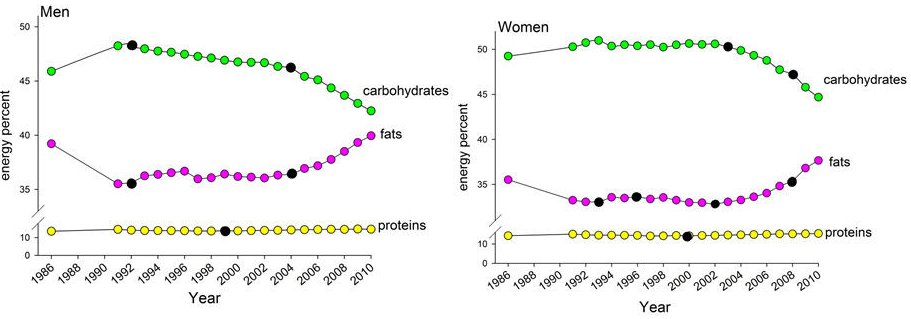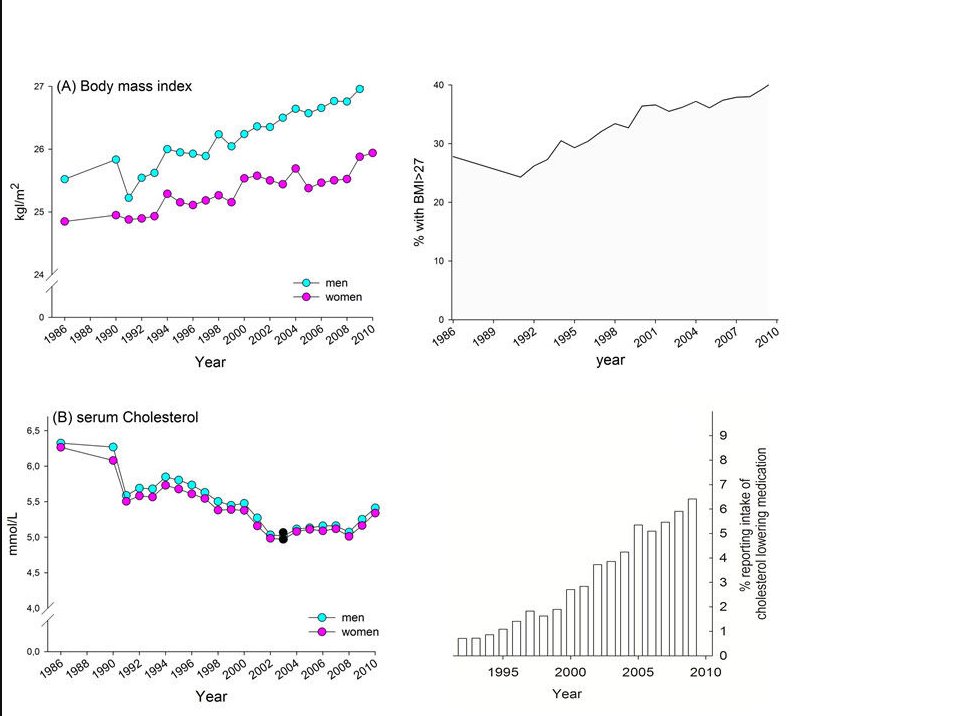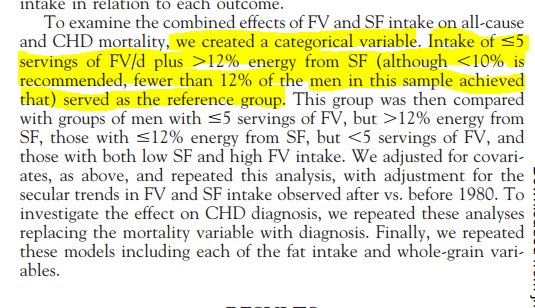Today we take a look at the Malmo Diet and Cancer Study published in 2007. This study was primarily to study cancer risk factors and looked at 28k people in Malmo, Sweden. They were followed for 5 years and food info was from 7 day diet entries.
External Tweet loading...
If nothing shows, it may have been deleted
by @EAllen0417 view original on Twitter
The study did not record trans fat as a separate category, so most of the trans fats were counted as MUFA or PUFA. This is a pretty profound confounder and makes the study almost uninterpretable. journals.sagepub.com/doi/abs/10.109…
• • •
Missing some Tweet in this thread? You can try to
force a refresh










